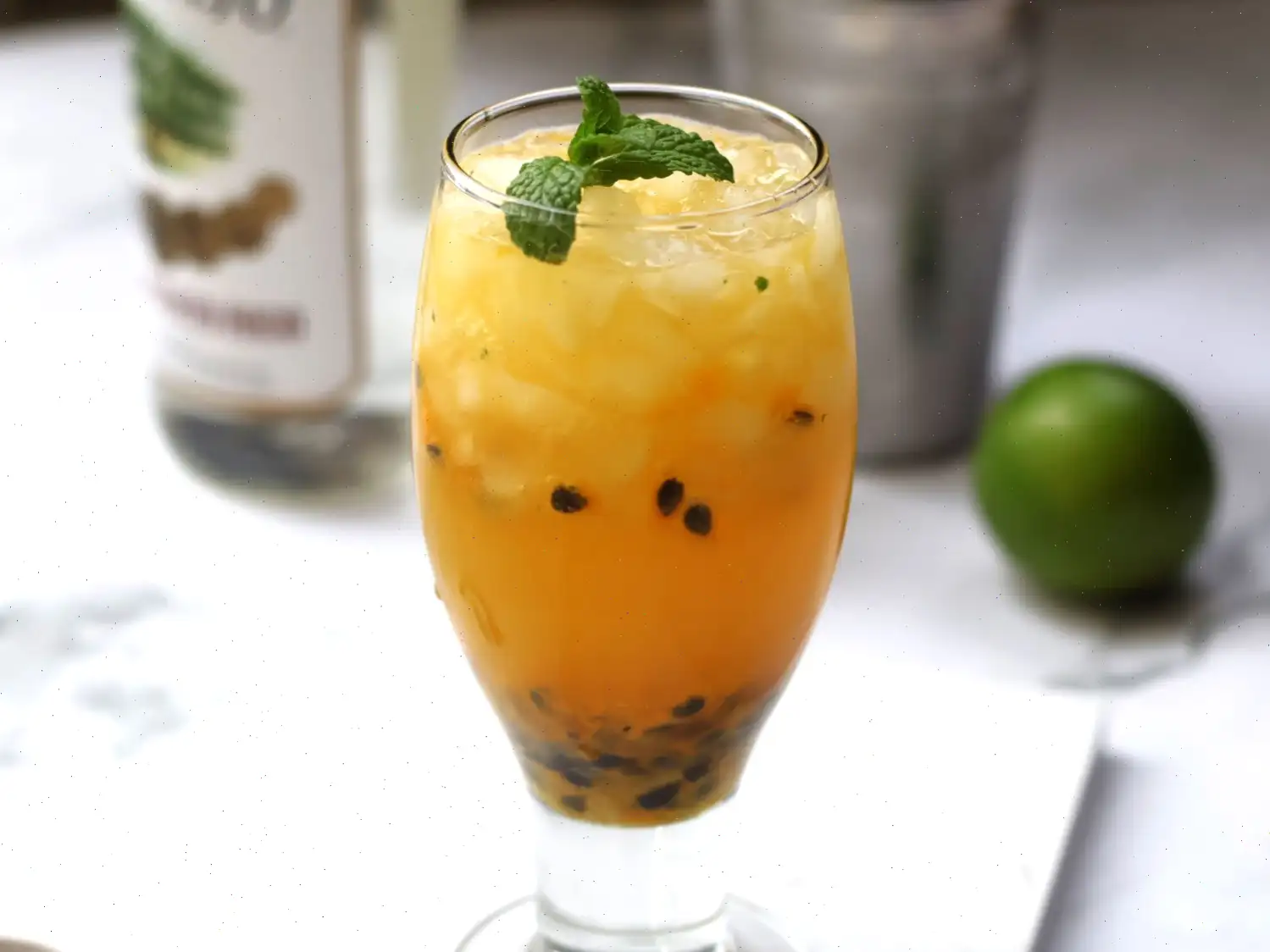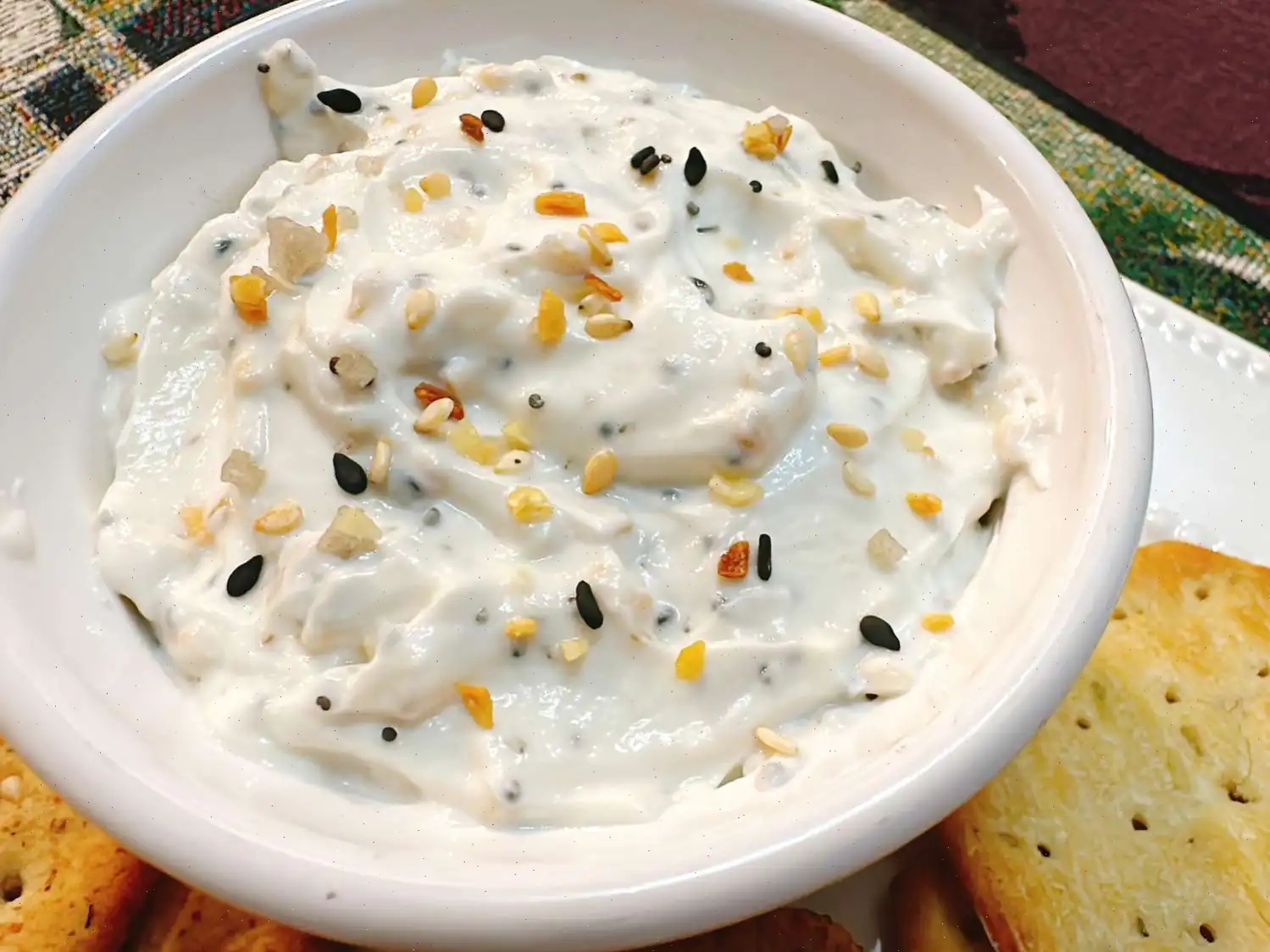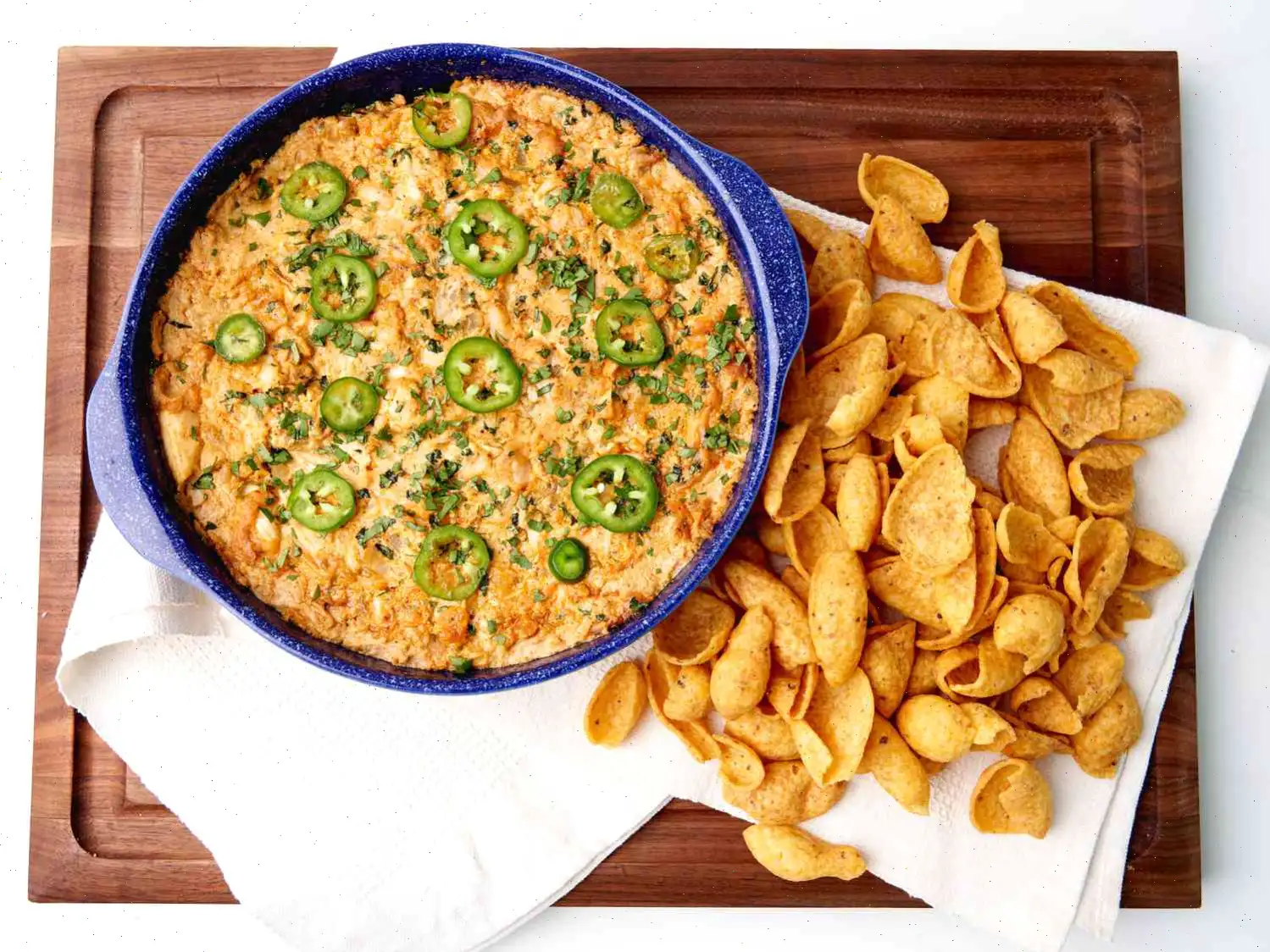
Passion Fruit Mojito Recipe
This recipe is designed for a single serving. While ingredient quantities can be scaled, cooking times and steps remain the same.
- 1 fluid ounce lime juice
- 1 1/2 fluid ounces simple syrup
- 8 fresh mint leaves
- 2 fluid ounces white rum
- 2 cups ice cubes, or as needed
- 2 ounces frozen passion fruit pulp (thawed, with or without seeds)
- 2 fluid ounces club soda
- In a cocktail shaker, combine the lime juice, simple syrup, and 6 mint leaves.
- Gently muddle the mint leaves for about 10 seconds to release their aroma.
- Add the white rum and 1 cup of ice cubes to the shaker.
- Seal the shaker and shake vigorously for 10-15 seconds, until the exterior is frosted.
- Strain the mixture into a glass.
- Add the passion fruit pulp and club soda, stirring gently to combine.
- Fill the glass with crushed ice and garnish with the remaining 2 mint leaves.
- Calories: 267
- Fat: 0g
- Carbohydrates: 35g
- Protein: 1g
- Sodium: 37mg
- Dietary Fiber: 6g
- Total Sugars: 26g
- Vitamin C: 26mg
- Calcium: 36mg
- Iron: 1mg
- Potassium: 240mg
The Story Behind the Passion Fruit Mojito
The Passion Fruit Mojito is a modern twist on the classic Cuban mojito, a cocktail with a history dating back to the 16th century. The traditional mojito, originally called "El Draque" in honor of the English pirate Sir Francis Drake, was made with aguardiente, sugar, lime, and mint. Over time, rum replaced aguardiente, and the mojito evolved into the refreshing cocktail known worldwide today. The addition of passion fruit adds a tropical, tangy flavor, giving it a more contemporary Caribbean identity and appealing to modern palates seeking vibrant, fruity drinks.
Regional Variations
While the classic mojito is deeply rooted in Cuba, the Passion Fruit Mojito reflects Caribbean innovation and tropical flair. In countries like Puerto Rico, the Dominican Republic, and coastal Brazil, bartenders often use local passion fruit varieties that range from sweet to tart. Some regions prefer using fresh pulp, while others use frozen or canned forms for consistency. Additionally, in tropical resorts, the drink may be garnished with exotic herbs or edible flowers to enhance visual appeal, reflecting local creativity and ingredients.
Differences from Similar Cocktails
Compared to a classic mojito, the Passion Fruit Mojito stands out due to its fruit-forward flavor profile. Unlike a simple lime mojito, the passion fruit adds natural sweetness and acidity that balances the sugar and rum. Unlike other tropical cocktails like a daiquiri or a caipirinha, which often rely solely on citrus or sugarcane flavors, this cocktail combines the aromatic freshness of mint with the exotic tang of passion fruit, creating a multidimensional taste experience.
Where Its Typically Served
The Passion Fruit Mojito is commonly served in beach resorts, tropical bars, and upscale restaurants offering Caribbean-inspired menus. It is also popular at summer parties and garden events due to its refreshing quality. In bars, it is often presented in highball glasses with crushed ice and vibrant garnishes like mint sprigs and passion fruit slices, making it both visually appealing and thirst-quenching.
Interesting Facts
- Passion fruit, known as "maracuja" in many regions, has been cultivated in South America for centuries and is rich in antioxidants and vitamins.
- The cocktail's popularity has surged globally, especially in tropical destinations, due to its vibrant color and photogenic presentation.
- Unlike other fruit-infused cocktails, the Passion Fruit Mojito maintains the crisp, herbal character of the original mojito, rather than being overly sweet.
- Mixologists sometimes experiment with passion fruit variations such as adding seeds for texture or blending the pulp for a smoother drink.
FAQ about Passion Fruit Mojito Recipe
Comments
Heather Gomez
02/02/2025 04:47:33 PM
Everyone said it was amazing.








